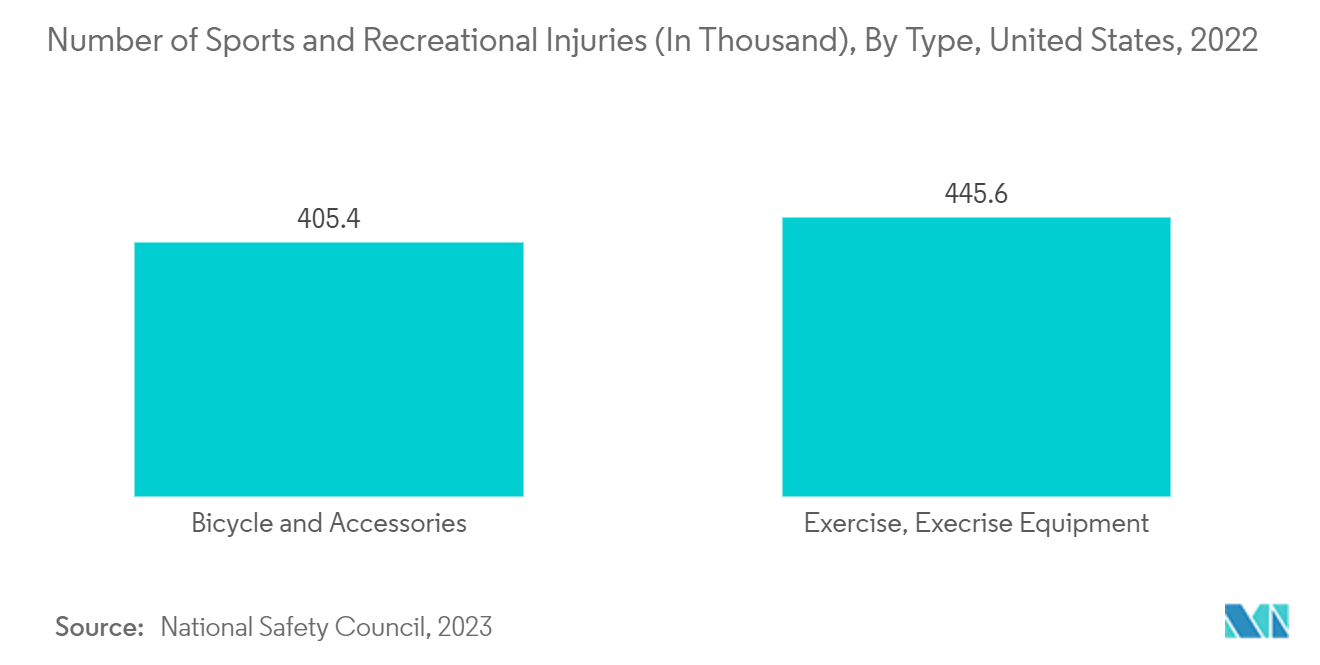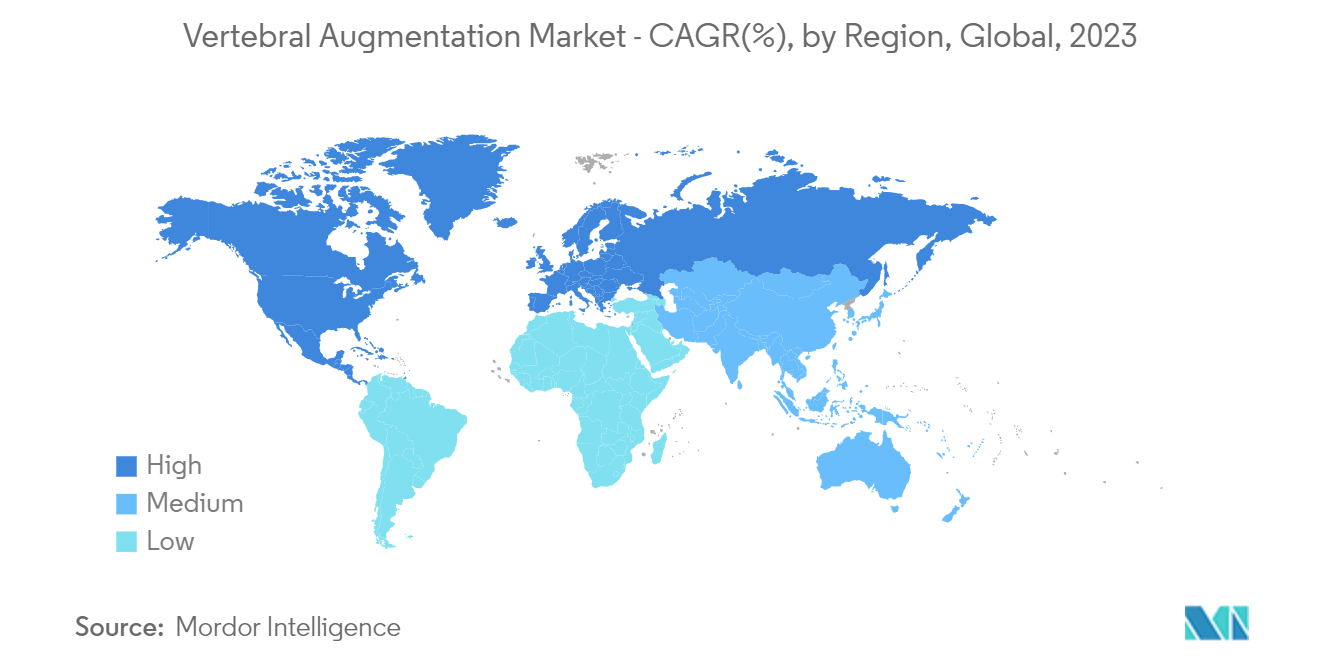Market Trends of Vertebral Augmentation Industry
Kyphoplasty Segment Expected to Register a Significant CAGR Over the Forecast Period
Kyphoplasty involves injecting a special cement into the vertebrae and making space for the procedure with a balloon-like device (balloon vertebroplasty). Kyphoplasty can restore the height of a damaged vertebra and possibly alleviate pain. The kyphoplasty devices segment is expected to witness significant growth in the vertebral augmentation market over the forecast period owing to the increasing incidences of osteoporosis among the population and growing cases of cancer-damaged vertebrae or certain spinal fractures.
The kyphoplasty procedure is preferred for treating fractured vertebrae with minimal incisions due to several benefits over vertebroplasty procedures, including short-term pain relief, improvement of the short- and long-term kyphotic angle, lower cement leakage rate, improvement in mobility and quality of life, and for increasing vertebral body height as well as reduced kyphosis. For instance, according to an article published in Frontiers in Surgery Journal in July 2022, kyphoplasty is more frequently used to treat osteoporotic vertebral compression fractures, spinal metastatic tumors, hemangiomas, myelomas, and vertebral union.
In addition, kyphoplasty may be a safe and effective treatment for ankylosing spondylitis patients with thoracic or lumbar fractures caused by the intravertebral vacuum phenomenon. This procedure relieves pain, improves function, restores the anterior and middle height, and corrects the kyphotic angle of the fractured vertebra.
Similarly, as per an article published in Frontiers in Surgery in February 2022, it was observed that both percutaneous kyphoplasty (PKP) with or without posterior pedicle screw fixation (PPSF) can maintain the spinal sagittal balance and produce excellent clinical results. In addition, PKP demonstrated more substantial advantages in the early postoperative period than PPSF+KP. Thus, the above studies showed that kyphoplasty effectively treats vertebral fractures in patients, which is anticipated to fuel the segment’s growth over the forecast period.
Therefore, owing to the abovementioned factors, such as the advantages of kyphoplasty, the market studied is anticipated to grow over the forecast period.

North America Expected to Register Significant Market Growth Over the Forecast Period
North America is anticipated to hold a significant market share over the forecast period due to the high demand for vertebral augmentation procedures and the high burden of osteoporosis and spine injuries. The robust healthcare infrastructure and launches by various companies of new products in the region are also expected to impact the market significantly.
According to the data published by the American Association of Neurological Surgeons in 2023, vertebral compression fractures (VCF) are the most common fracture in patients with osteoporosis, affecting about 750 thousand people annually in the United States. In addition, an estimated 25% of all postmenopausal women are estimated to be affected by VCFs annually in the United States, and the prevalence of VCF steadily rises with age, affecting 40% of women aged 80 and older.
Additionally, as per the 2022 statistics published by Osteoporosis Canada, about 2.3 million Canadians are living with osteoporosis, and 80% of all fractures in people aged 50 years and above are caused by osteoporosis. Furthermore, according to the 2024 statistics published by the United Nations Population Fund, about 20% and 18% of the population were estimated to be 65 years and above in 2024 in Canada and the United States, respectively. Thus, a high percentage of the senior population is likely to develop osteoporosis, raising the risk of vertebral fractures. This is anticipated to fuel the demand for augmentation procedures, propelling market growth.
Moreover, the rising product approvals in the region increase the availability of technologically advanced novel products, which is also expected to fuel market growth. For instance, in September 2022, Stryker received the US Food and Drug Administration’s (FDA) approval for its OptaBlate bone tumor ablation system (OptaBlate). This approval assisted the company in expanding its core competencies in vertebral augmentation and radiofrequency ablation and completing its portfolio of treatment options for metastatic vertebral body fractures.
Therefore, owing to the abovementioned factors, such as the high burden of vertebral fractures and osteoporosis among the population, new product approvals, and the growing aging population, the market studied is anticipated to grow over the forecast period.


